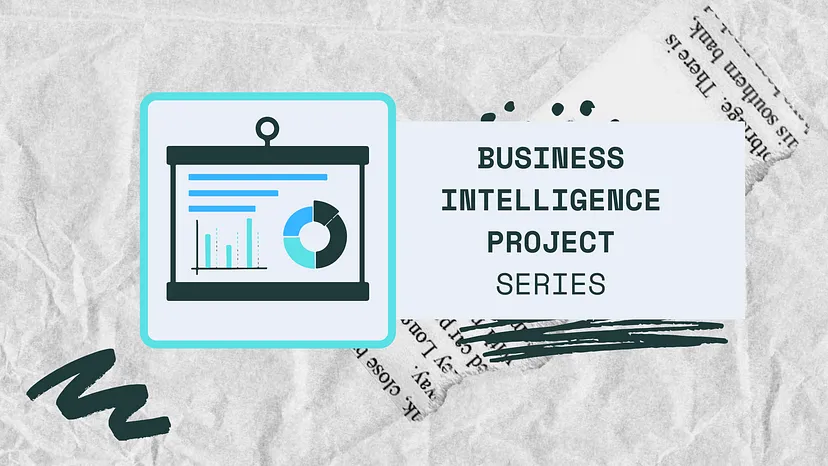Even though Business Intelligence (BI) is quite known nowadays, there are a lot of companies that have not yet realized the advantages and benefits of acquiring such solution.
So, the most important question in order for a company to understand if BI is something that can actually help is the following:
“Do I handle data? Can I understand something more if I take a closer look at them?”
If the answer is yes, then BI is your new friend that can help you making strategic decisions.
What is BI?
Based on Investopedia:
Business Intelligence (BI) refers to the procedural and technical infrastructure that collects, stores, and analyzes the data produced by a company’s activities.
BI is a broad term that encompasses data mining, process analysis, performance benchmarking, and descriptive analytics. BI parses all the data generated by a business and presents easy-to-digest reports, performance measures, and trends that inform management decisions.”
Who should I reach in order to begin implementing a BI solution?
The first one you should hire is a Data Architect. This person, with the help of business people, will understand the data in depth, what are the actual needs of the company, what are the different key areas that the company would like to give attention in order to make strategic decisions in the future, and many more. Also, the Data Architect is responsible for implementing the most suitable solution based on the volume of the data, e.g. Data Warehouse or another solution that can handle Big Data, and discuss with Business if the solution is going to be in cloud or on-premise (something that is related with the solution’s cost and company’s needs).
At the same time, a Data Engineer/Business Intelligence Developer will be the “right hand” of the Data Architect that understands also the different key areas and then implement several data pipelines/ETLs/ELTs in order to get the data from the source systems/files, transform them in the preferable way and then insert them in the final destination as much frequently as it needs. The Data Engineer is responsible for checking everyday the successful update of data and create the aforementioned based on company’s needs.
Then, a Data Analyst/Business Intelligence Analyst will be held responsible for having an in depth understanding of the data, communicate with the Data Engineer in order to understand where to find the information that needed, and then start to create dashboards and reports. The Data Analyst will communicate also with the business people in order to understand what are their needs/questions for each key area that data is available, what are the most important KPIs (Key Performance Indicators), and many more. Finally, the Data Analyst has to visualize the data in the most successful way, draw insights from them and communicate the findings with the business people.
Is BI difficult to achieve?
We might think that BI is something new and complex, however BI exists long time ago and the very first tool that it is used so frequently until now, is Microsoft Excel.
Example of a simple BI solution
As mentioned before, the very first tool used for BI is Microsoft Excel. So, you need only one spreadsheet with data in order to acquire the advantages of BI.
In more detail, after conducting data quality check (cleaning of data, transformation, etc.) you can create a Pivot Table. Due to the simplicity of Pivot Tables it is very easy to navigate through the different attributes and measures derived from the data and create charts and tables based on the questions that the Data Analyst need to answer and draw conclusions from them.
Conclusion
BI is inevitably a field that will always have something to give back. If the company understands the power of data, then no further consideration needed from their side in order to start develop a team that will implement and keep updated a BI solution.

